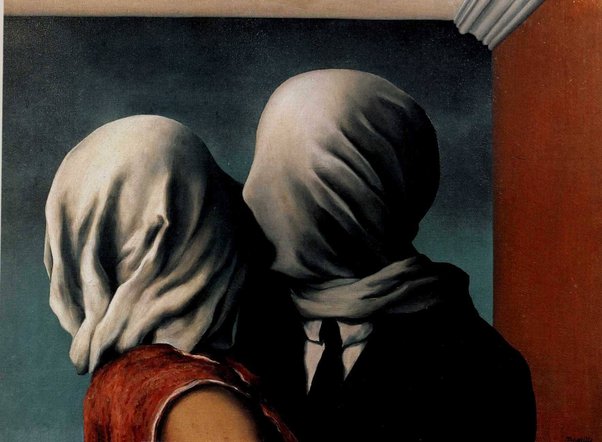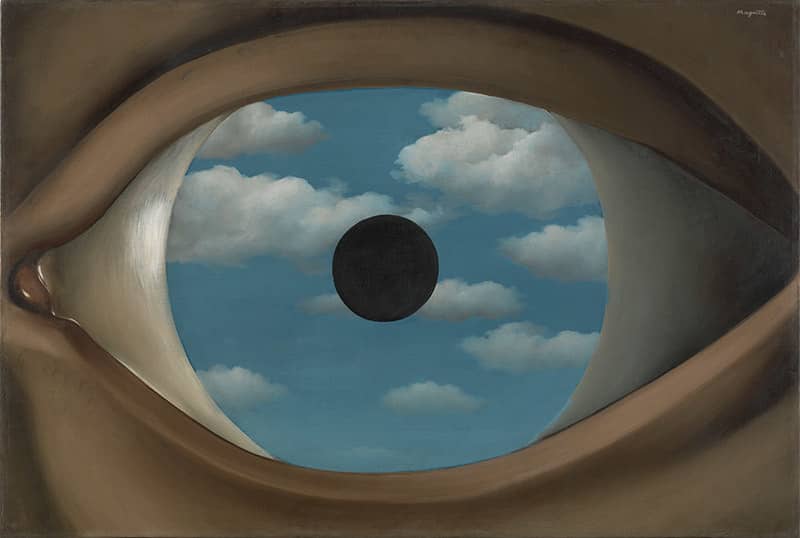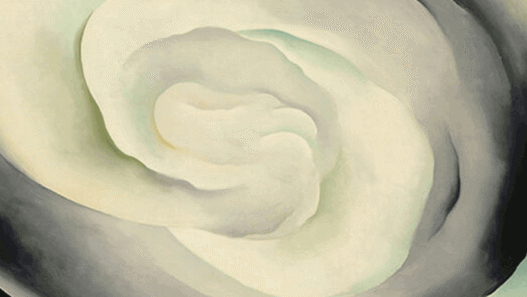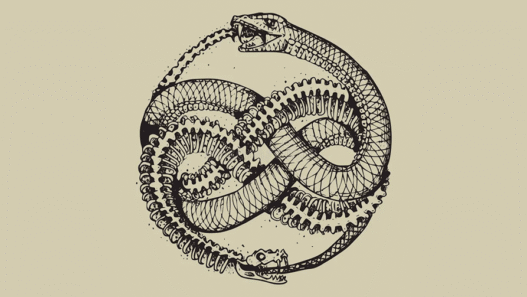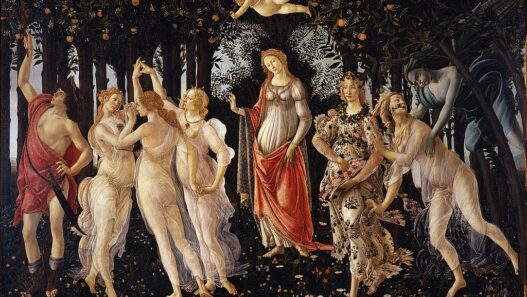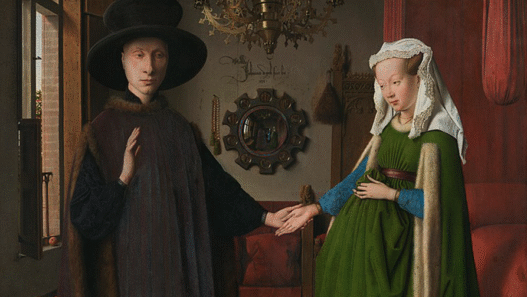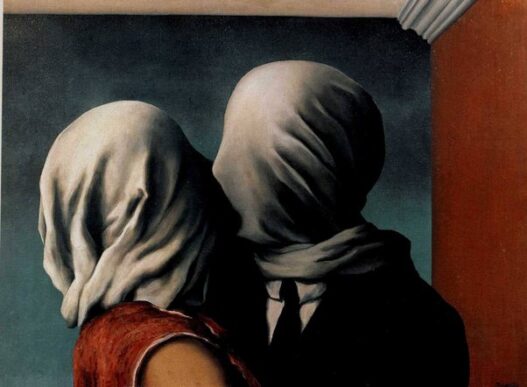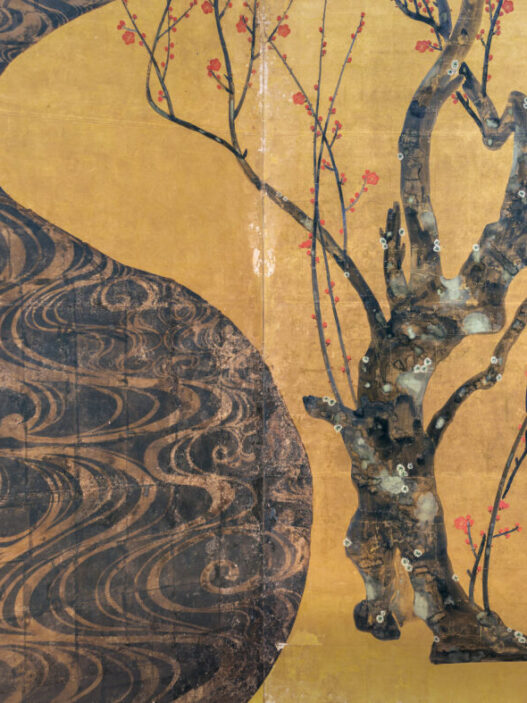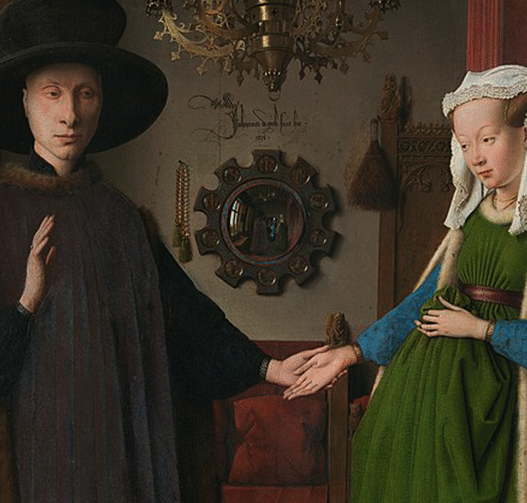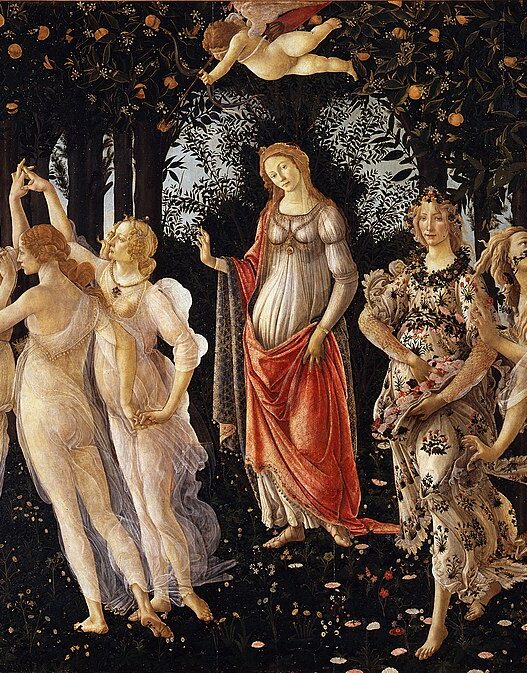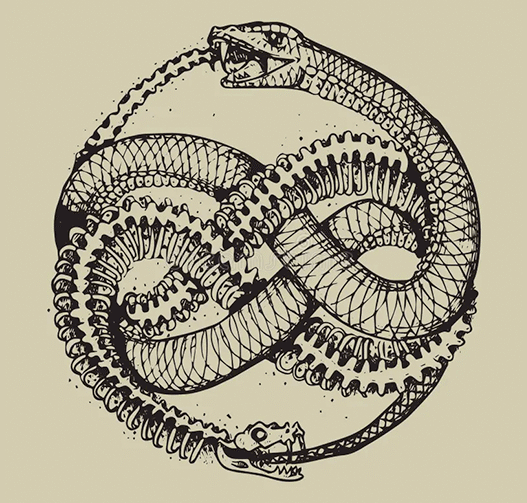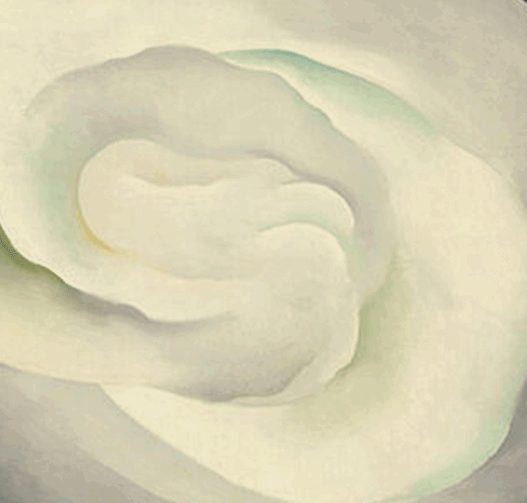A veil holds stories, of culture, belief, identity, and mystery. Over time, across religions, literature, and daily life, the veil has taken on symbolic depth. Let me take you through its rich tapestry, with a little of my own reflection woven in.
What is a Veil?
At its most basic, a veil is a cloth or covering meant to conceal, protect, or transform what it covers. It might hide a face, head, or sacred object; it might signify modesty, mystique, or separation. But what gives it power is how various traditions and people assign meaning to it.
Historical & Cultural Layers
Veiling goes way back. In ancient Mesopotamia and Assyria, laws delineated who could wear a veil, and when. High-status women were expected to veil, while others were forbidden. It was a marker of respectability, class, and societal order.
In ancient Greece and Rome, veils (or headcoverings) also played a role in marital status and public appearance.
A married woman wearing a veil symbolised modesty, fidelity, and adherence to societal norms.
Religious & Spiritual Meanings
Judaism & Old Testament: The veil in the temple separated the Holy Place from the Holy of Holies, a physical reminder of the separation between the divine and the human.
Christianity: The tearing of the temple veil at the moment of Christ’s death is deeply symbolic, access to God is no longer mediated by barriers. In other texts, veils symbolise the concealment of truth or the incomplete understanding of spiritual realities.
Islam and Other Faiths: Veiling (be it hijab, niqab, etc.) has also been tied to modesty, identity, and devotion. While practices and interpretations vary widely, the veil often balances personal choice, tradition, religious observance, and cultural meaning.
Weddings, Ritual, and Transition
In wedding customs, particularly in the West, the bridal veil has long stood for modesty, mystery, and a transition, moving from one life stage to another (single → married). In many cases, lifting the veil is symbolic of revealing, committing, or entering a new shared life.
What the Veil Represents
Here are several overlapping themes and symbols people attach to veils. They often interact and overlap, depending on culture, religion, and individual perspective:
Separation & Barrier
A veil frequently separates: the ordinary from the sacred; the known from the hidden. It can protect what’s inside from external gaze, but also keep outsiders at a distance.Modesty & Purity
Veils often are about what’s visible vs. what’s hidden. Showing restraint. Upholding tradition. In many faiths and cultures, modesty expressed through veiling is deeply connected to personal dignity.Mystery, Revelation, and Transition
There’s something deeply human about being hidden, then unveiled. Veils symbolise the unseen becoming seen, secret knowledge being revealed, spiritual growth, and transformation. A wedding is a transition; religious revelation is a lifting of the veil.Identity, Authority & Power
In some traditions, wearing a veil (or granting the right to veil) carries authority. It can mark religious role, social status, or spiritual power. Also, refusing or removing a veil can be an act of defiance, autonomy, or change.
Understanding the meaning of veil and how it resonates across cultures and time beyond just historical knowledge it opens a window into the human experience itself. When we explore why people choose to veil or not, or what the act of veil-shedding signifies, we begin to deepen our empathy for different perspectives and traditions. For example, in many societies, veiling is tied to personal choice, cultural identity, or spiritual devotion (BBC Religion & Ethics). It also reminds us that tradition has layers, beneath the visible fabric lies centuries of symbolism, belief, and social meaning. Beyond cultural practice, the veil carries a spiritual dimension, echoing the timeless human longing to move between what is seen and unseen, the sacred and the ordinary (The Metropolitan Museum of Art, Heilbrunn Timeline of Art History). In this way, studying the veil isn’t just about cloth; it’s about understanding connection, mystery, and the shared human desire to reveal and protect at the same time.
